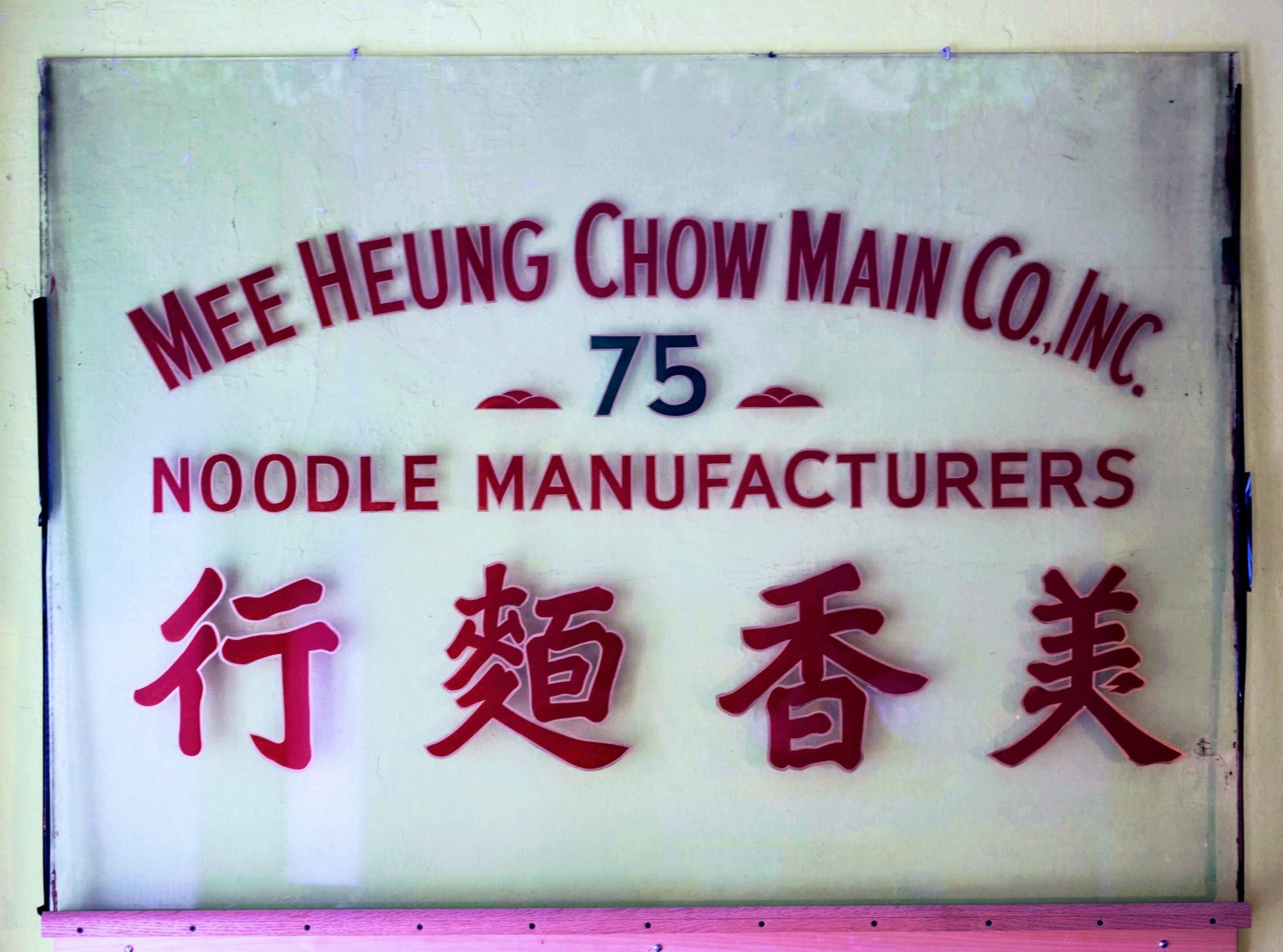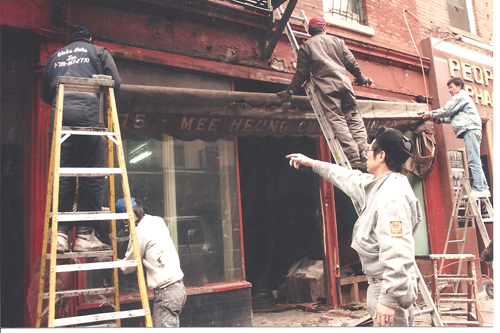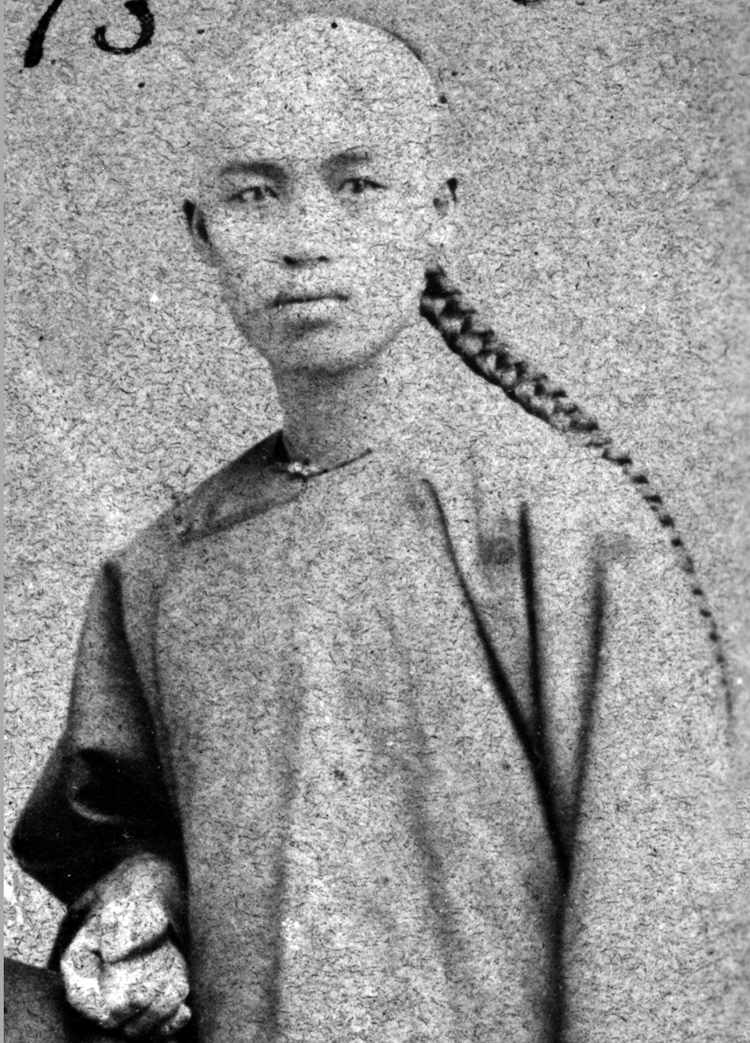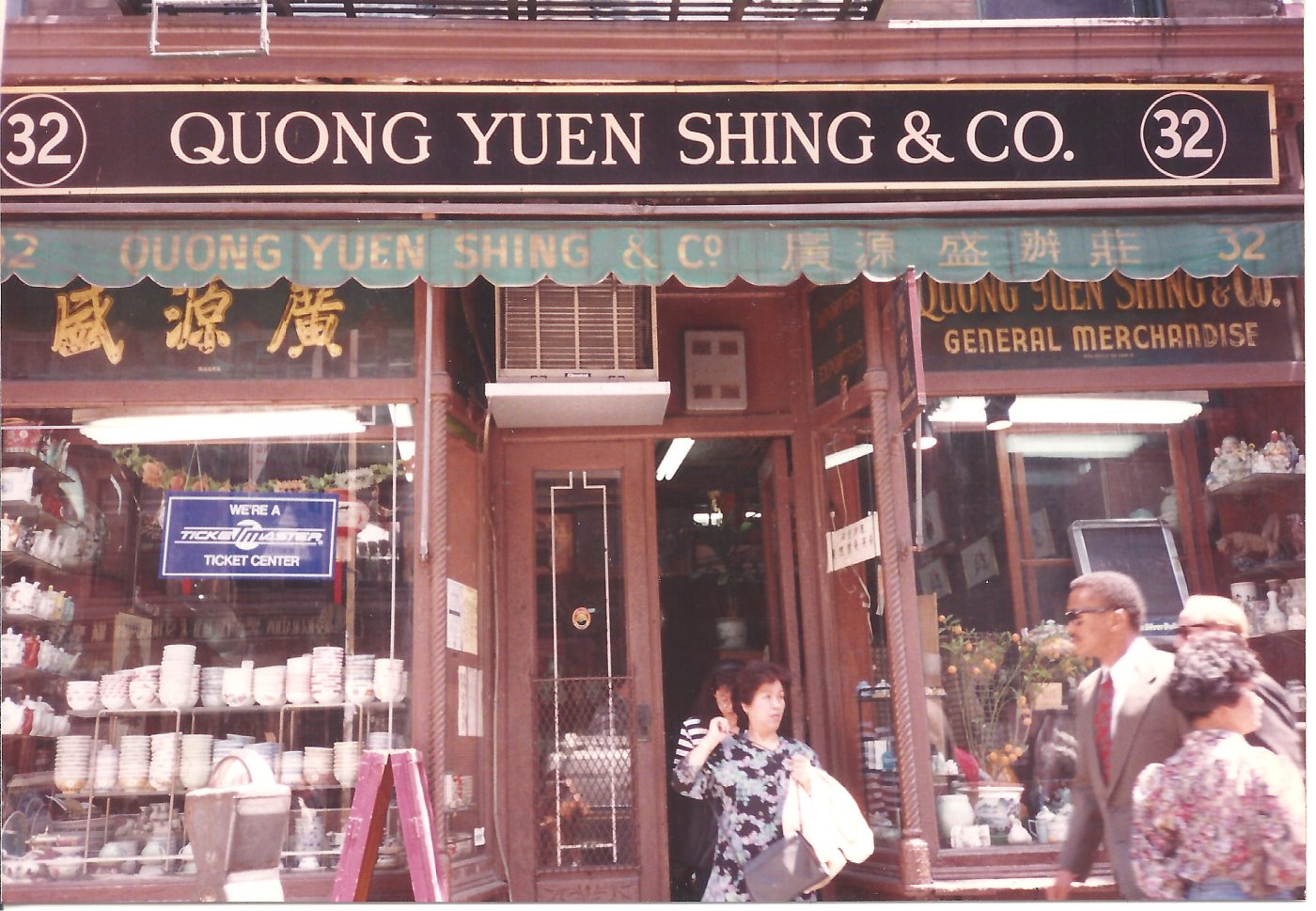Collections馆藏Collections馆藏Collections馆藏Collections馆藏Collections馆藏Collections馆藏Collections馆藏Collections馆藏Collections馆藏Collections馆藏Collections馆藏Collections馆藏Collections馆藏Collections馆藏Collections馆藏Collections馆藏Collections馆藏Collections馆藏Collections馆藏Collections馆藏Collections馆藏Collections馆藏Collections馆藏Collections馆藏Collections馆藏Collections馆藏Collections馆藏Collections馆藏Collections馆藏Collections馆藏Collections馆藏Collections馆藏Collections馆藏Collections馆藏Collections馆藏Collections馆藏Collections馆藏Collections馆藏Collections馆藏Collections馆藏Collections馆藏Collections馆藏Collections馆藏Collections馆藏Collections馆藏Collections馆藏Collections馆藏Collections馆藏Collections馆藏Collections馆藏Collections馆藏Collections馆藏Collections馆藏Collections馆藏Collections馆藏Collections馆藏Collections馆藏Collections馆藏Collections馆藏Collections馆藏Collections馆藏Collections馆藏Collections馆藏Collections馆藏

13 September 2019 Posted.
Sign of the Mee Heung Chow Main Co., Museum of Chinese in America (MOCA) Collection.
美香面行招牌,美国华人博物馆(MOCA)馆藏

A team from MOCA salvaging the Mee Heung Chow Main Co., 1992, Museum of Chinese in America (MOCA) Institutional Archives.
MOCA团队抢救美香面行遗留档案,1992年,美国华人博物馆(MOCA)机构档案
位于勿街75号的美香面行(Mee Heung Chow Main Company)于1928年注册成立。这家公司不仅标志着一家商店,还标志着纽约唐人街生机勃勃的生活方式。这家制面行内部融合了多种建筑风格,包括经典的阿坎瑟斯叶形(Acanthus leaf)图案和明代和汉代的木雕。Gwen Kinkead在她的《唐人街:一个封闭社会的写照》(Chinatown: A Portrait of a Closed Society)一书中写道,她观察到四位老人在店里打麻将,同时把自己的麻将牌夹在面条盒子之间。1992年,商店关门后,MOCA抢救了商店门前的招牌,还有面条袋、办公用品等等。这些文物保存了唐人街的建筑结构和生活方式,而随着唐人街的发展,这些建筑结构和生活方式越来越受到往日不再的威胁。



